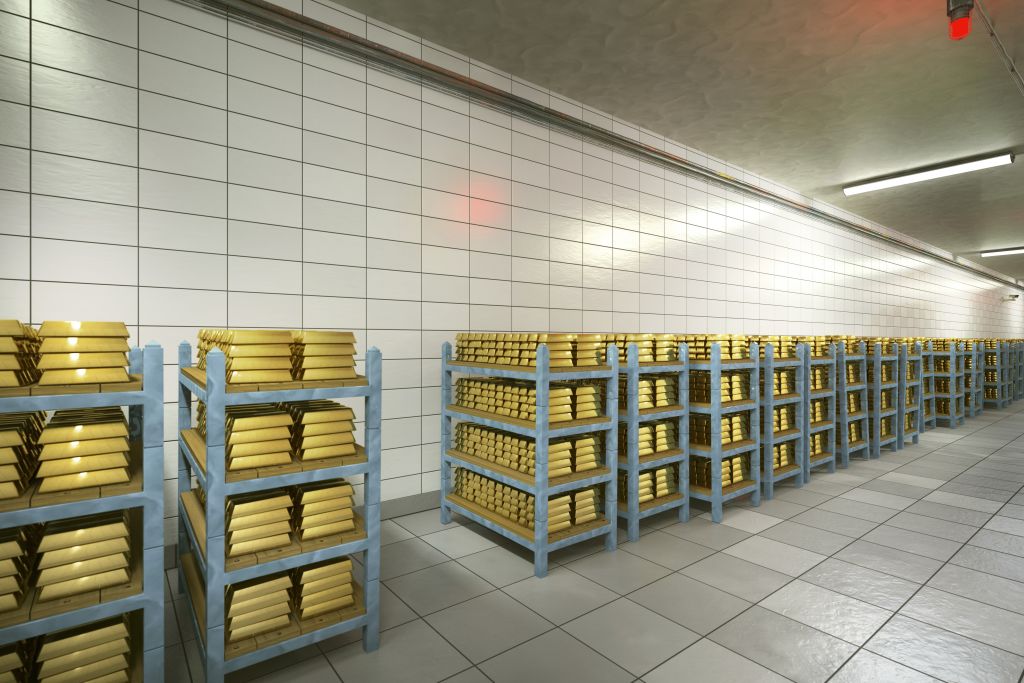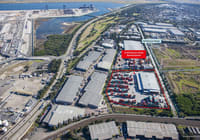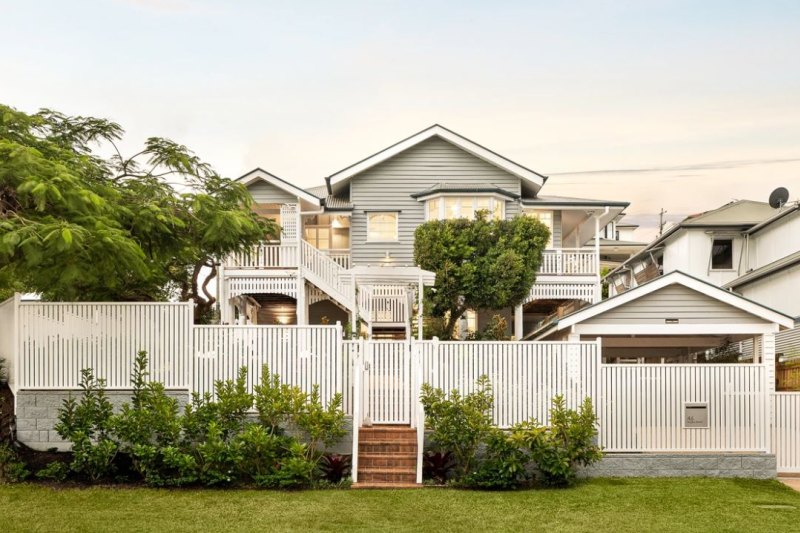
‘Supreme confidence’ reigns
Boom-time rental growth is prompting many buyers to purchase in the industrial space despite softening yields, according to industry experts.
A strong run of asset price gains saw yields continue to sharpen throughout 2021, but as reported in JLL’s Q2 2022 Logistics & Industrial Market Overview report, rising interest rates and bond yields were now delivering some uncertainty to the investment landscape. As a result, weighted prime national yields decompressed by a mild two basis points to 3.91 per cent during Q2 2022 – the first softening of national industrial midpoint yields since 2009.
That said, during the same period, national average prime rents increased between 2.7 per cent and 5.8 per cent, and these increases are likely to continue for a while yet, say experts. This means a boost for future returns on dollars invested in today’s market.
Mark Clifford, partner at Knight Frank, says industrial yields in many markets over the past two years had even tightened more than some office and retail investments. This is a real break in the traditional relativity between these commercial sectors.
And, while he says interest rate rises have caused yields to soften a little, demand for the sector’s assets remained extremely strong.
Clifford says part of the appeal is the diversity on offer.
“Industrial has something for everyone from ‘man cave’ style sheds up to big portfolios that trade for a couple of hundred million dollars. It’s also a great investment for owner-occupiers who are sick of leasing. They’ll purchase a property, and it goes into their super fund. They’ll rent it back through their business and have a great future investment.”
Clifford says metro markets tend to reflect tighter yields than their regional counterparts, with perhaps a 100 to 150 basis points difference in the figure.
“There tends to be more competition among buyers in the metro areas.”
While there’s an array of buyers for industrial assets, he says, some of the larger funds have become more sophisticated in their asset selection. These groups are confident ongoing rental demand will bolster returns in the future.
“Some of the more traditional investment groups now have inbuilt development capabilities, so they’re looking not just for passive income, but rather shorter WALES and assets with low site coverage. These are properties where they can take on more risk to get a better upside.”
Clifford says this tolerance for more risk is unsurprising in the current climate.
“I’ve been in this sector for 21 years, and I’ve never seen vacancies this low and stock this tight. So, there’s supreme confidence among investors in the industrial category.”
On the new build front, he says that construction costs have become a major factor when setting rents for projects.
“Because construction pricing has risen so dramatically, it’s very difficult to pinpoint where rents need to be to stack up new project feasibilities. Fortunately, there are signs that some construction pricing is starting to settle back down, but that’s not across all elements.”
Tony Iuliano, JLL’s head of capital markets industrial and logistics, says across-the-board rental growth has meant investors need to be more targeted if they wish to gain maximum return.
“Despite the increased cost of debt, and therefore market yields, overall, the industrial sector provides extremely positive investment fundamentals – strong occupier demand and insufficient new supply leading to historically low vacancy rates of less than 1 per cent.
“There remains an expectation of significant rental growth; 13.4 per cent is the blended Eastern Seaboard prime yearly rental growth. Melbourne’s is 15.4 per cent, followed by Sydney at 13.6 per cent and Brisbane at 10.4 per cent.”
Iuliano says investors wanting to capitalise on returns are becoming more strategic in their property choices, seeking assets that are under-rented at the time of purchase, have a short WALE, or have CPI-linked rent reviews.
“Those that offer infill or last-mile opportunities are also attractive given the development of faster delivery retail strategies.
“Those with additional value-add and/or expansion opportunities to increase GLA or rents are also attractive.”
He says the most active investors are cash buyers with low debt costs. This cohort included investment managers with good available client equity, syndicators, private investors and owner-occupiers looking to control future rental pressures.
These buyers chase returns for myriad reasons.
“Largely they believe in the strong rental growth prospects, and the continued e-commerce penetration and shift toward faster delivery models.”
Iuliano says demand remains strong. However, interest rate increases were among the negative influences affecting the market. He does note, however, that it will take time for their impact to fully play out.
“Many investors globally have paused investment programs and are re-assessing their cost of capital. Transaction volumes remain above the long-term 10-year average but have slowed from the robust levels of 2021.
“With few recent transactions, it is difficult to fully evaluate the impact of increased debt costs on asset pricing.”










